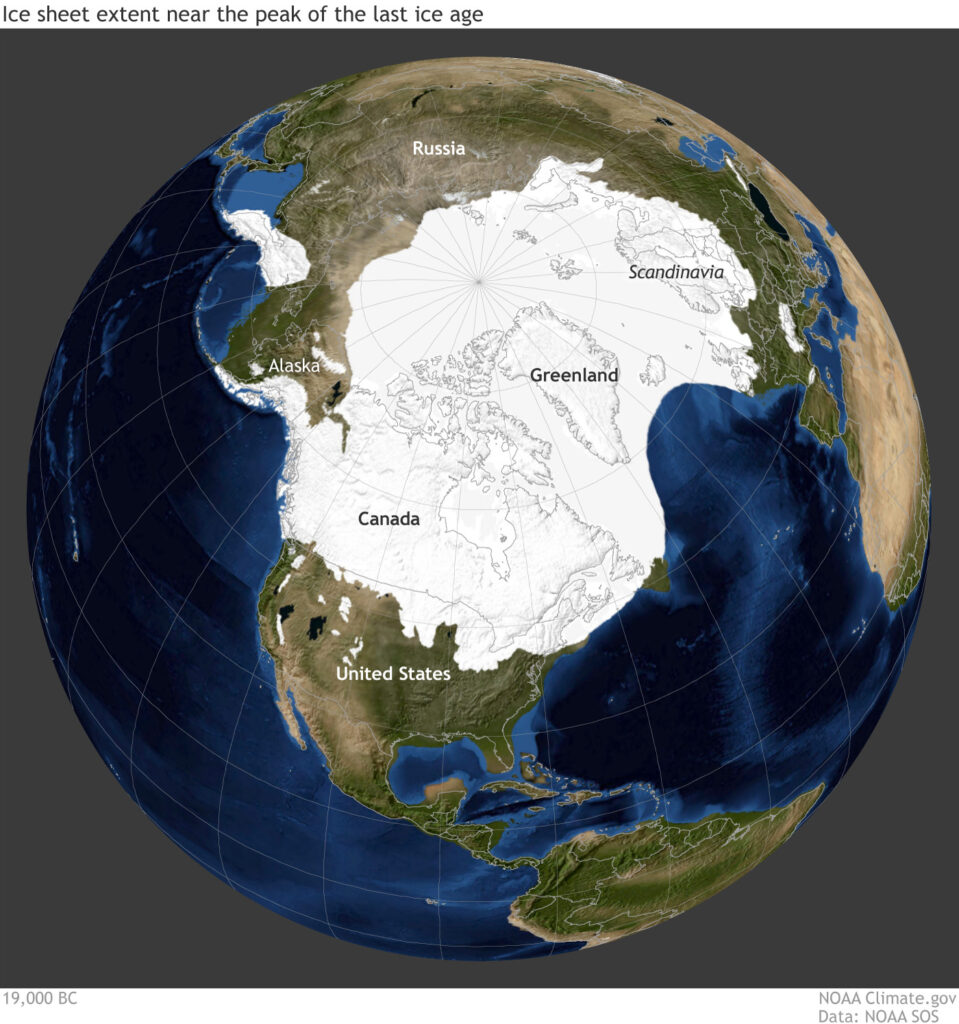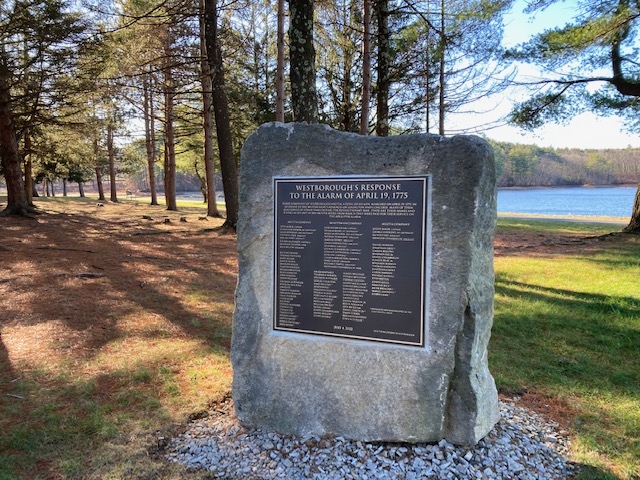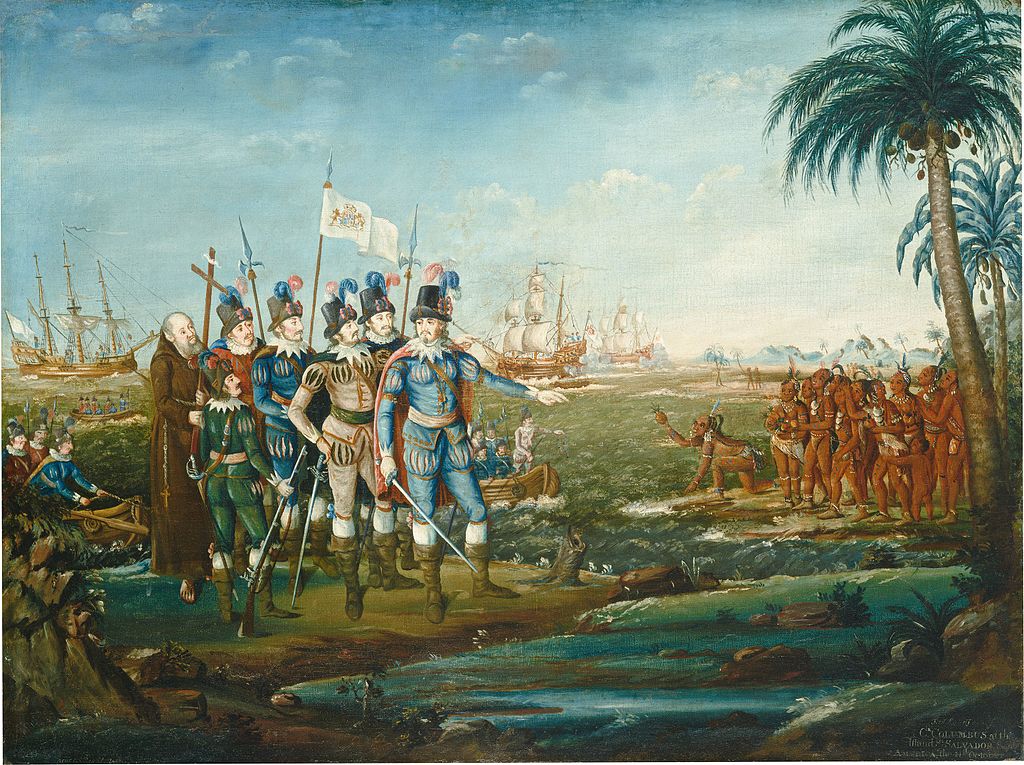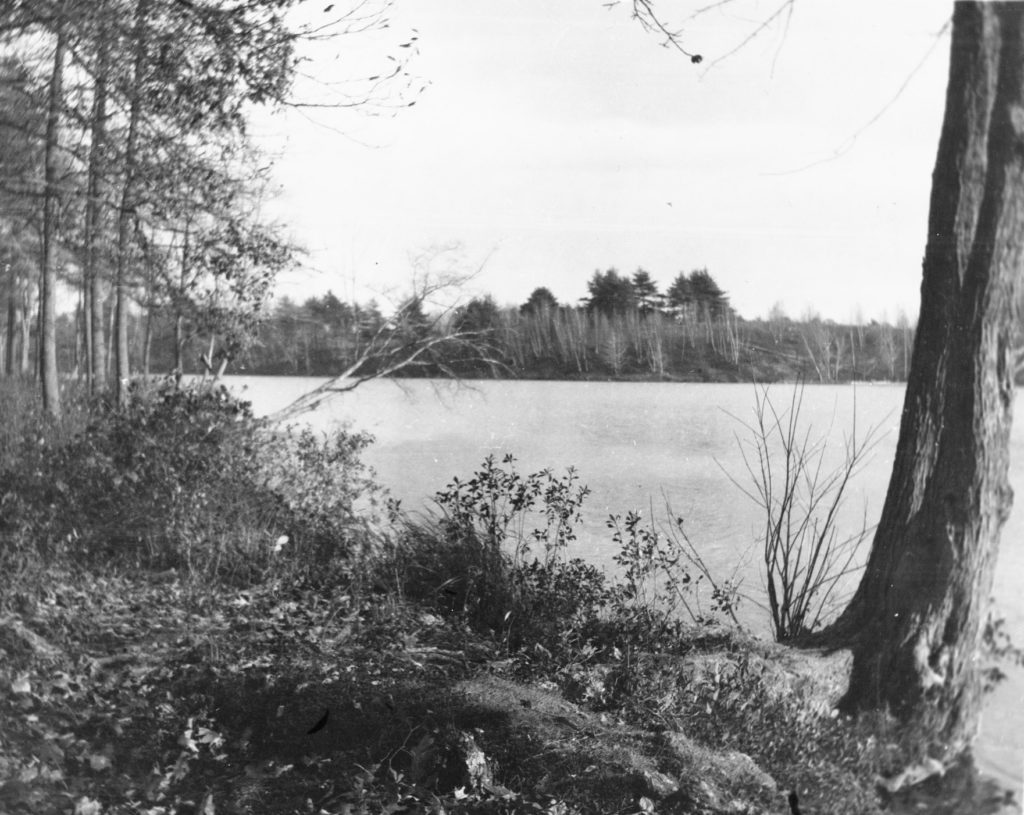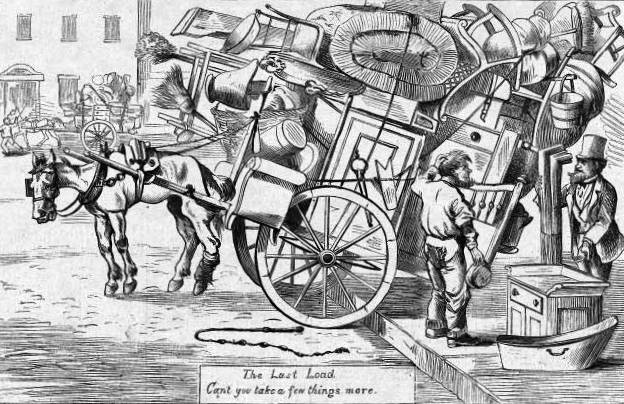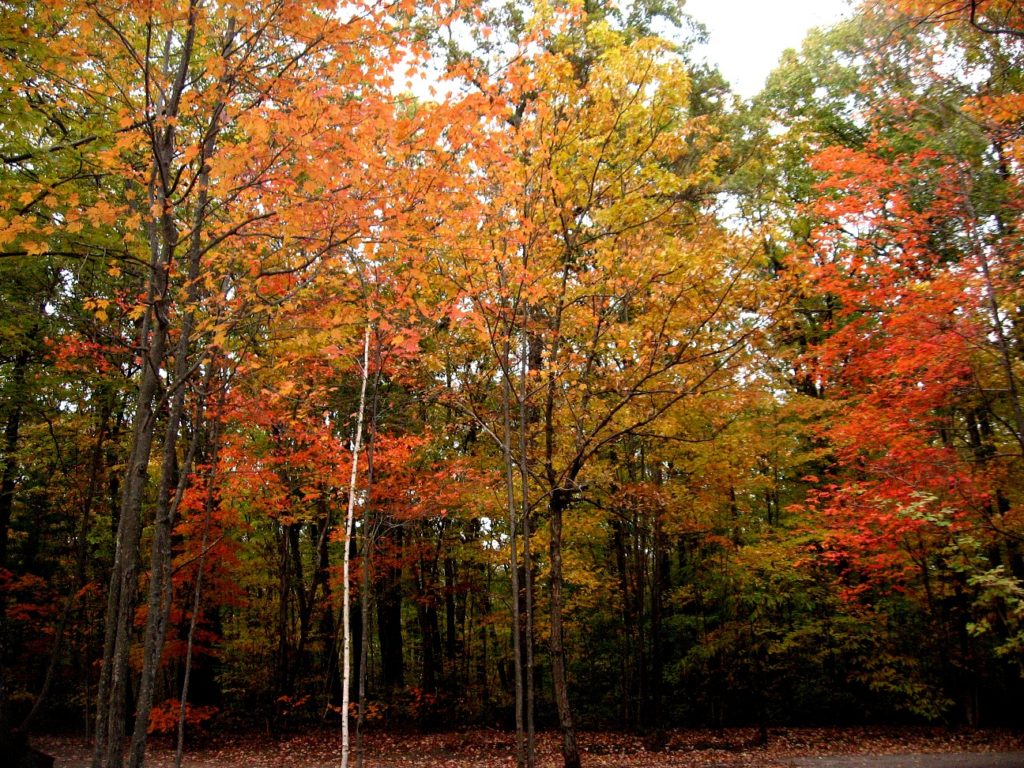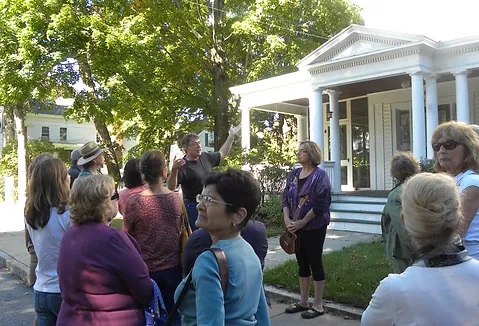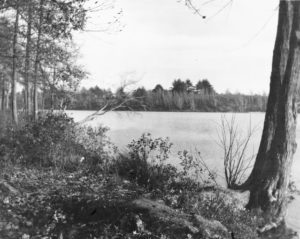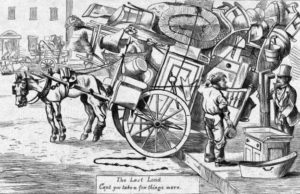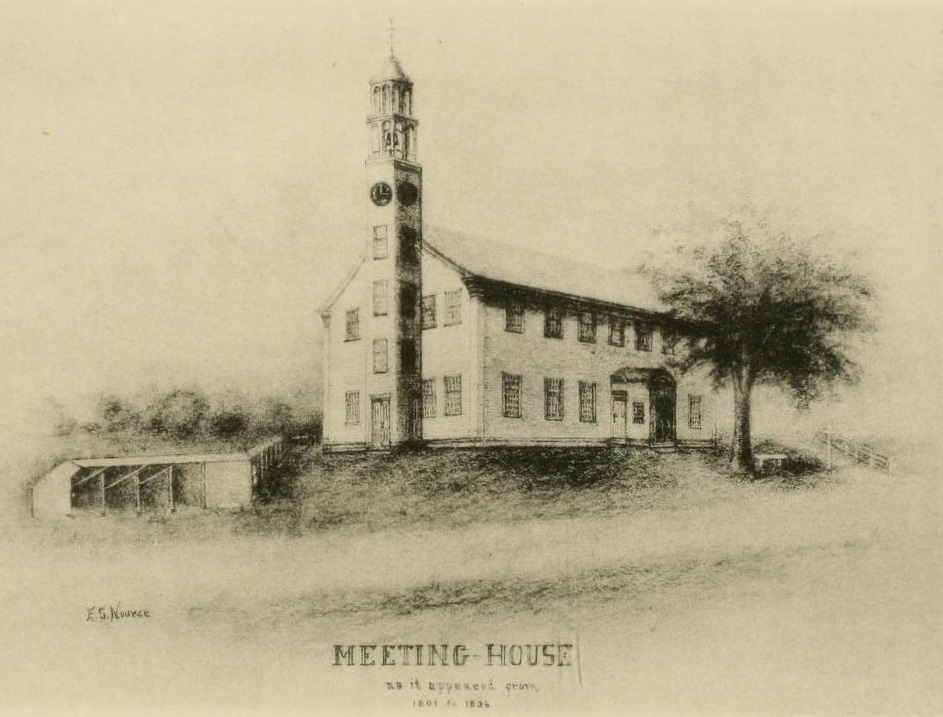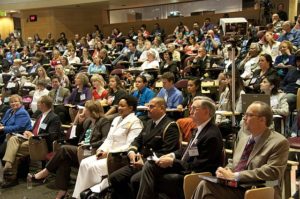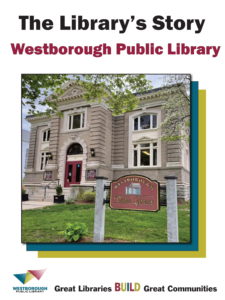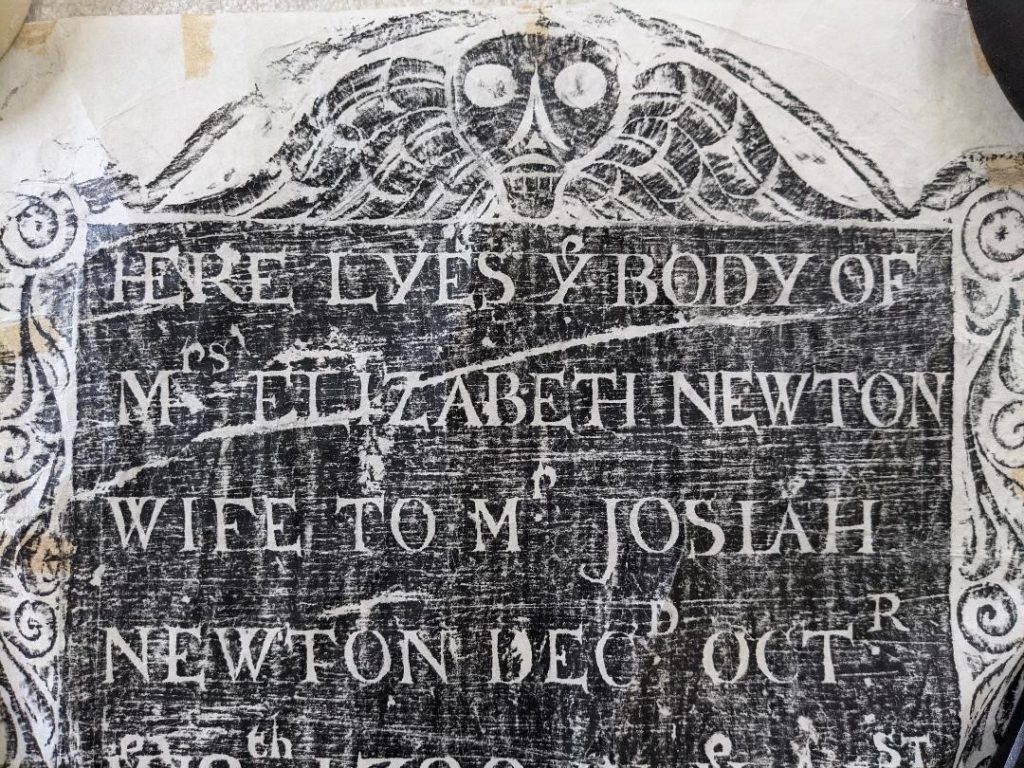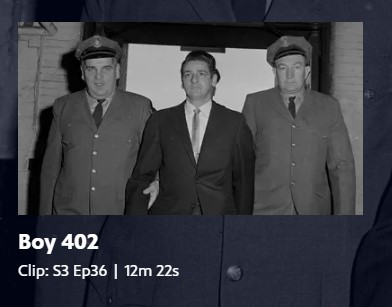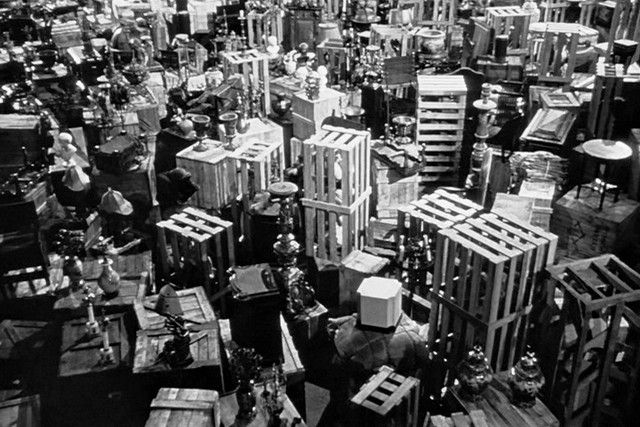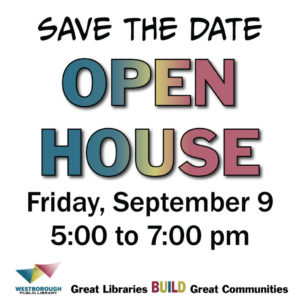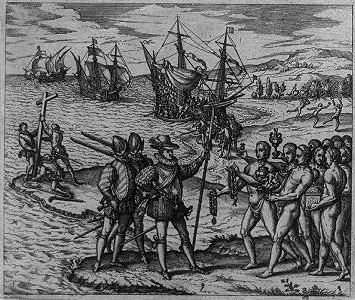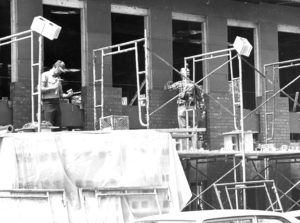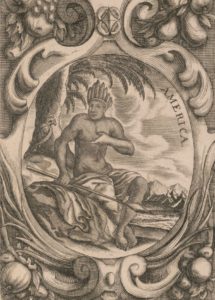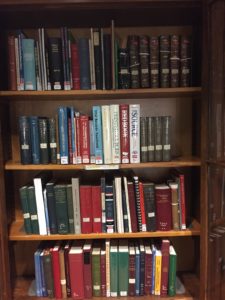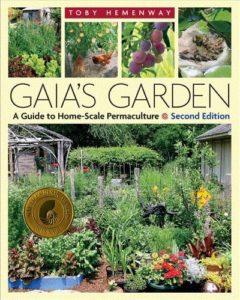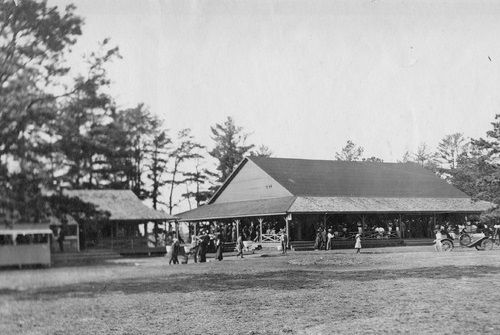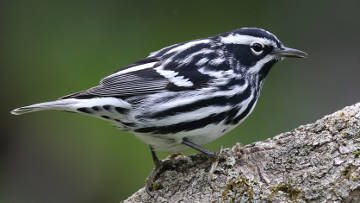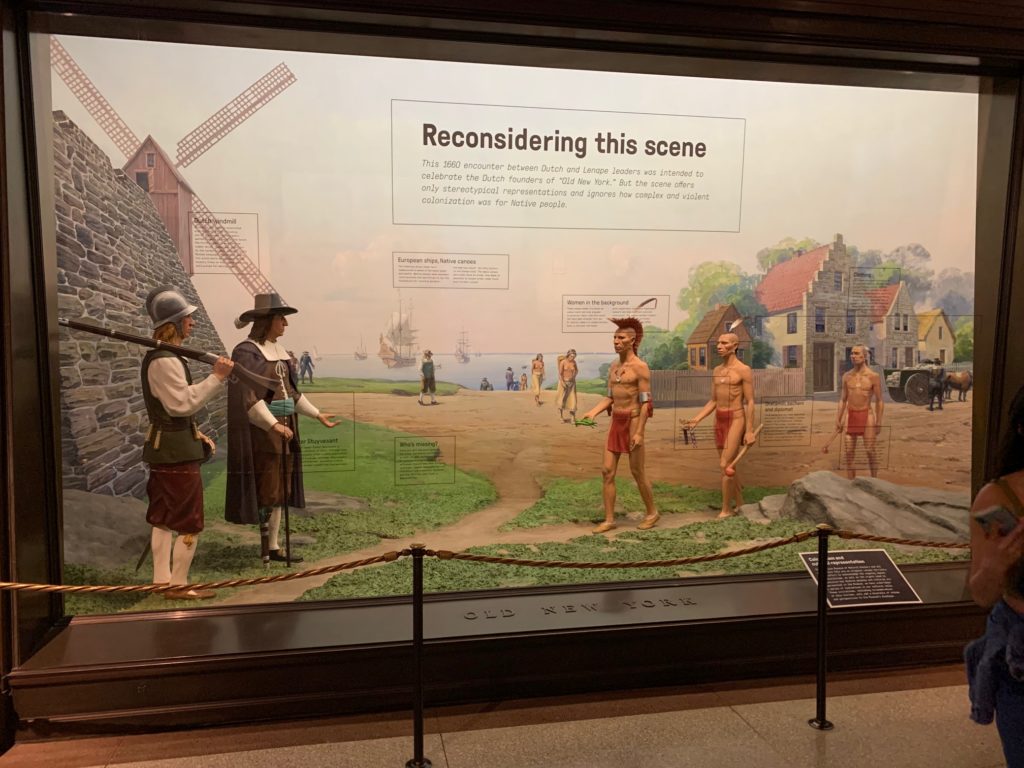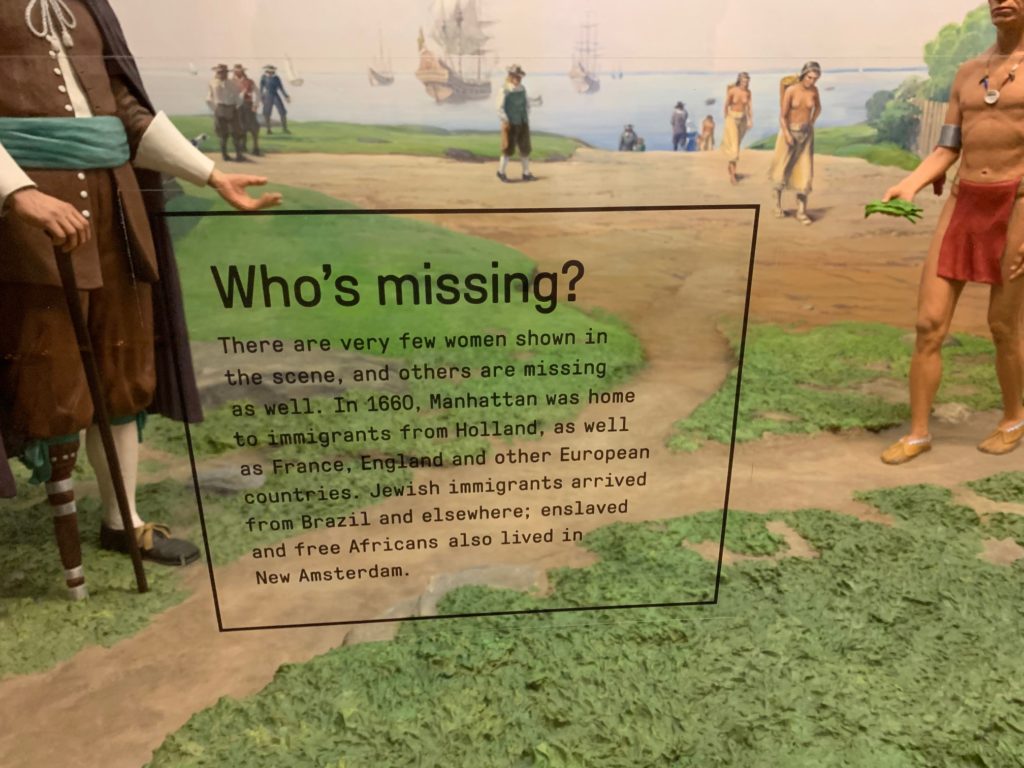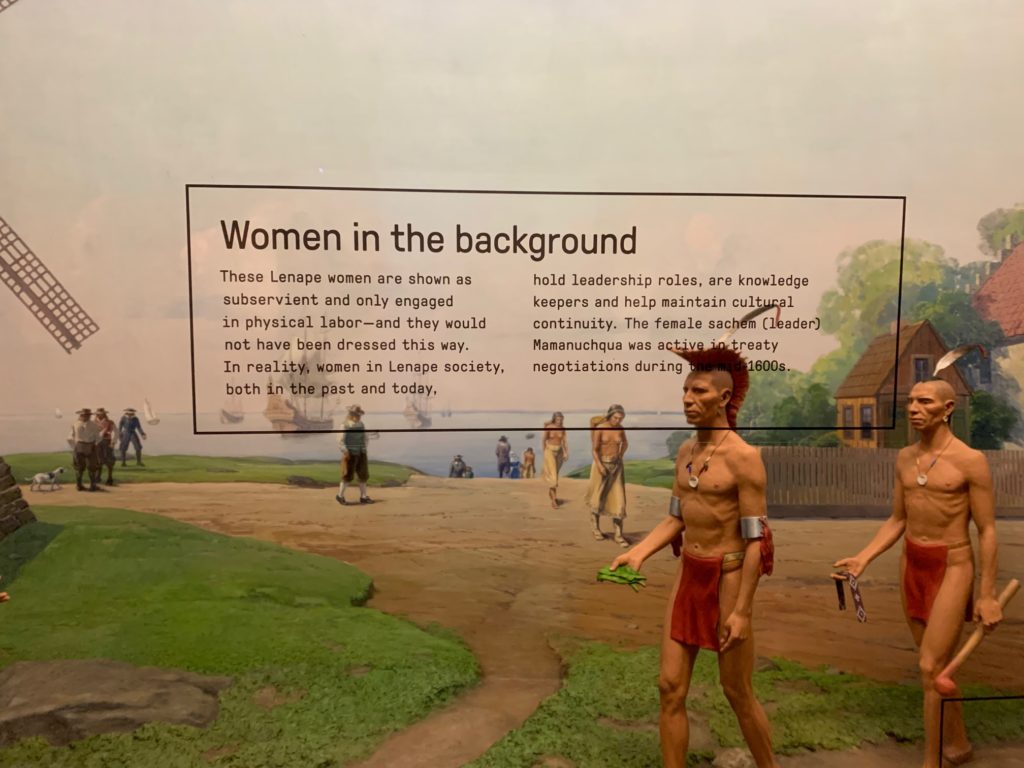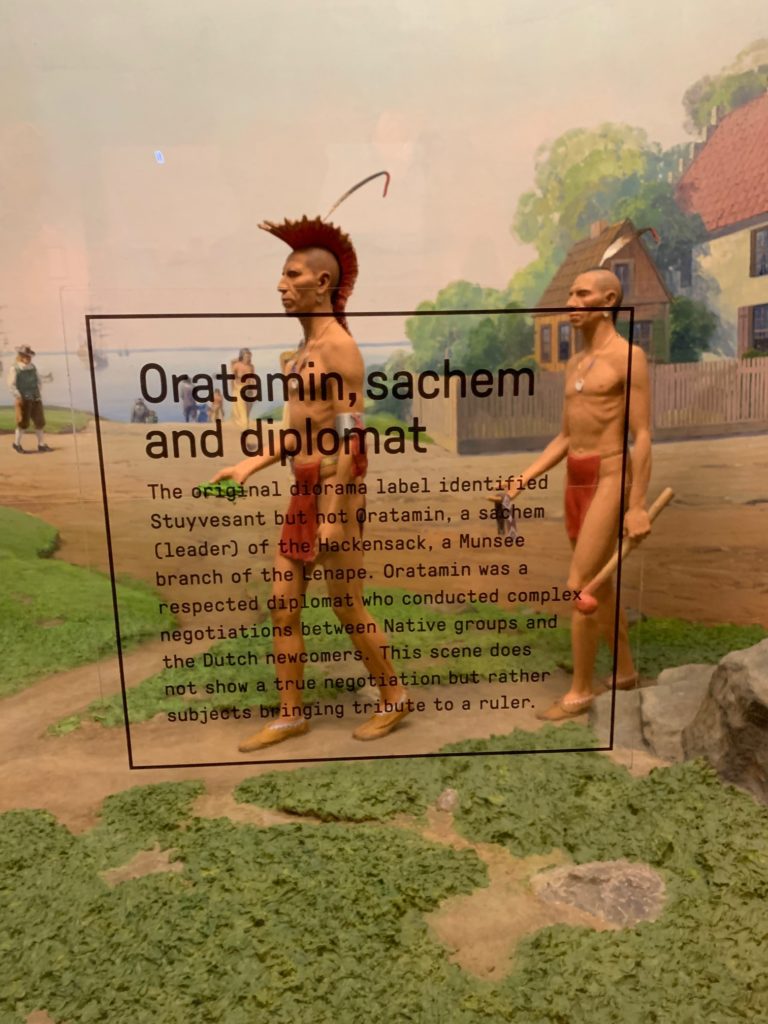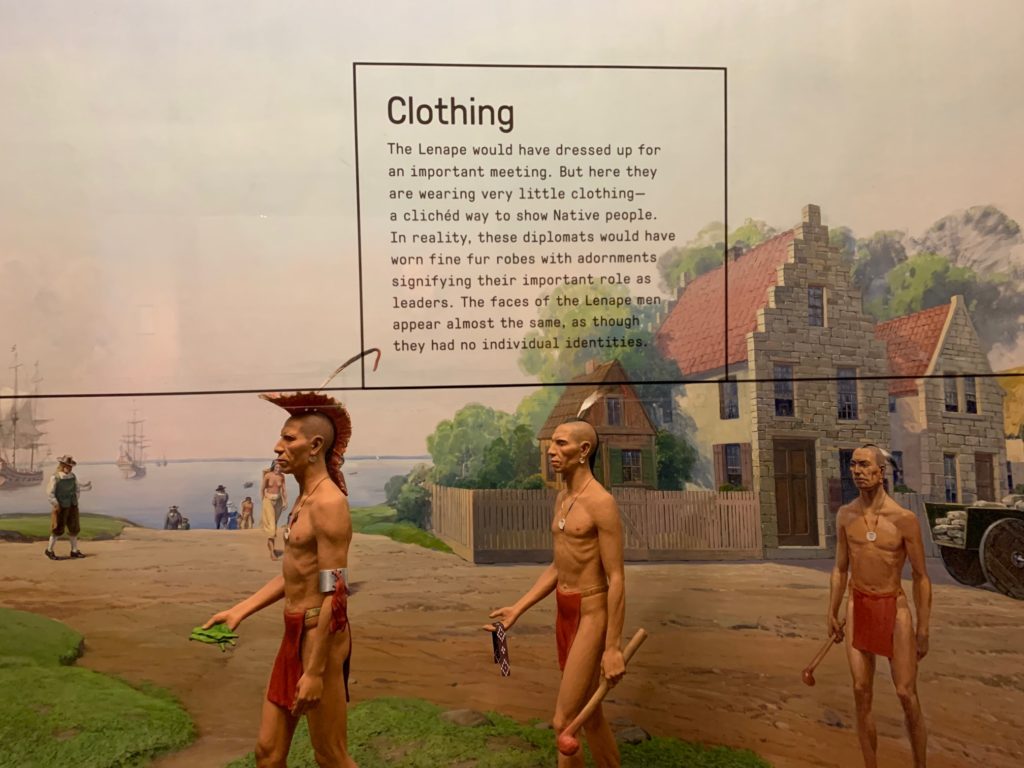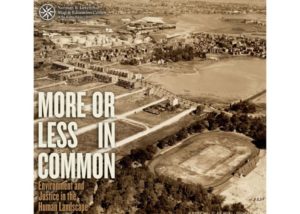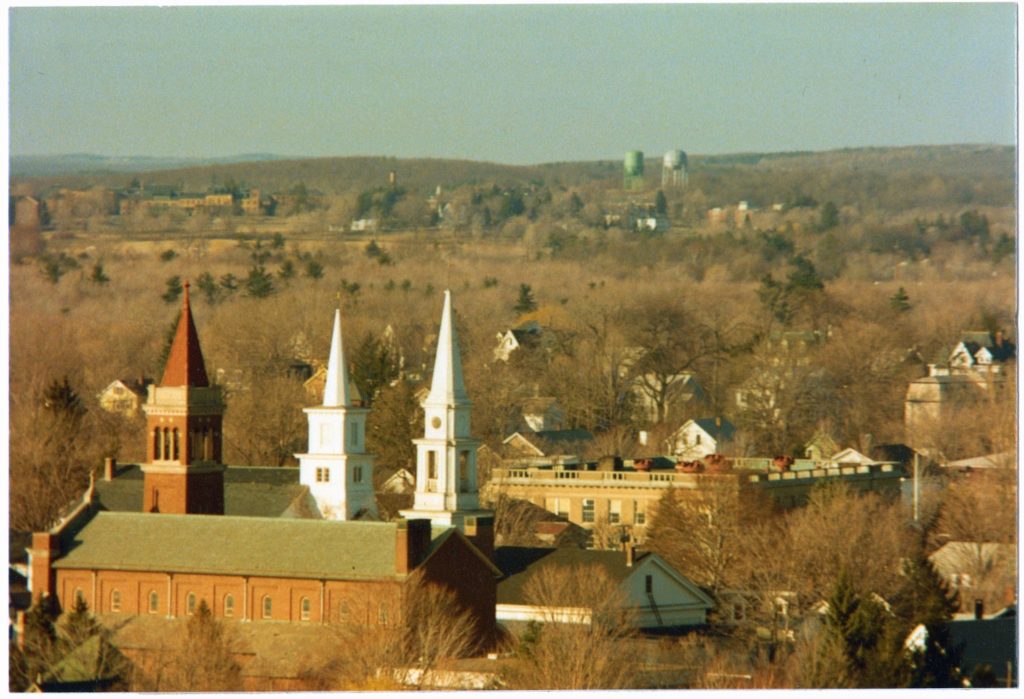This essay is part of a Westborough History Connections series called, “A Meeting of Two Cultures: Native Americans and Early European Settlers in Westborough.” Click here to start at the beginning of the series.
Geography, Geology, and Early Human Presence in Westborough
Eighteen thousand years ago, Westborough sat under a sheet of ice that was a mile and a half high.
In fact, at that time much of the North American continent sat under glaciers that were formed during the last ice age, which started 2.5 million years ago. The ice prevented human beings (who emerged from Africa 300,00 years ago) from entering the Western Hemisphere. Only in 11,000 BC, when enough of the ice caps had melted after the earth had begun to warm up, were groups of people able to migrate through the Bering Strait (between current day Russia and Alaska) and into North America. Lately, this narrative has been complicated a bit after human presence has been detected both in southern Chile going back to 16,500 BC and in the American Southwest dating back 23,000 years. These earlier people most likely traveled down the Pacific Rim’s “kelp highway” that ran along the western coasts of the Americas.
The Western Hemisphere, unlike the Eastern, has a pronounced north-south orientation, so people spreading throughout the Americas had to learn how to live in or travel through numerous climates and ecologies. Such conditions promoted a broad range of human diversity and resilience throughout the continents. By 10,000 BC, people appeared in every part of the Western Hemisphere.
As the ice retreated in Westborough, a huge lake, Lake Assabet, came to cover the entire town except for a few of the area’s highest points. Eventually, the lake separated into three parts: the SuAsCo Reservoir (Mill Pond), Chancy Lake and Crane Swamp, and Cedar Swamp. Around 9,000 years ago, vegetation and animal life returned to Westborough and made it possible for human beings to occupy Worcester County.
Westborough is lucky to have had Curtiss R. Hoffman, an archaeologist and Professor of Anthropology at Bridgewater State College, devote so much time digging around and studying our town’s prehistory. At the time he wrote his book, People of the Fresh Water Lake: A Prehistory of Westborough, Massachusetts, 73 prehistoric sites had been found in Westborough, making it, in his words, “one of the best-known prehistoric areas in Massachusetts.” Hoffman’s work challenges the common belief that the interior of Massachusetts was sparsely populated during prehistoric times. We will see later in this series how and why this misguided belief came to be.
The earliest evidence of human beings within the borders of Westborough are projectile points that were made during the Paleo-Indian period, 9,000-12,000 years ago. At least one of the points was made with stone not normally found in Westborough, which indicates travel and perhaps trade throughout New England. The Paleo-Indians who originally owned the points were possibly hunting megafauna, like mastodons and other large game, in the swampy western section of Westborough and probably only came to the area sporadically as they followed the flow of rivers.
People started to occupy the area of Westborough more regularly 4,000-6,000 years ago when the climate had finally stabilized and now resembled our current environmental conditions. Westborough has significantly more archaeological sites from this period than any other, which indicates that these years marked a time of peak human population during the town’s prehistoric era. Indeed, such was the case not just in New England but in the entire Eastern Woodlands, due to the diverse environmental resources that had begun to appear. People learned to take advantage of these resources and thrived, so their populations grew and spread throughout the area.
The best places for hunter-gatherers to live are in ecotones, regions where two or more environmental types meet. New England enjoys a high degree of environmental diversity due to its complex patchwork of ecological niches, so it has a high number of ecotones. Westborough sits in one because it is on the edge of the Worcester Plateau and is connected to three river systems: the Sudbury, the Assabet, and the Mill River (a tributary of the Blackstone). Even more, Westborough has ten sub-areas with differing environmental characteristics. All of these sub-areas were likely used by hunter-gatherers for some purpose or another throughout the prehistory of Westborough. Next month, we are going to take a closer look at the life of hunter-gatherers and specifically the Nipmucs, the Native Americans who inhabited Westborough and its surrounding area during this early time.
When we talk about Westborough history, it is important to put the timelines of the people who lived here in perspective. I am necessarily compressing thousands of years of human existence and experience into a single blog post because we are talking about prehistory, a time when we lack written records and need to rely mainly on archaeology to fill in the gaps. People of European descent have occupied Westborough for roughly 350 years, less than four percent of the entire time that human beings have inhabited the land here if we use 9,000 years ago as a starting point. Our own sense of history is necessarily distorted, mainly because the records and documents that were created within that 350-year time range provide a more complete picture of life during this time period, whereas for the 8,650 years that preceded it, we lack such documentation.
—Anthony Vaver, Local History Librarian
Works Consulted:
- People of the Fresh Water Lake: A Prehistory of Westborough, Massachusetts by Curtiss R. Hoffman.
- Indigenous Continent: The Epic Contest for North America by Pekka Hämäläinen.
Click here to go to the next essay in the series, “A Meeting of Two Cultures: Native Americans and Early European Settlers in Westborough”
* * *
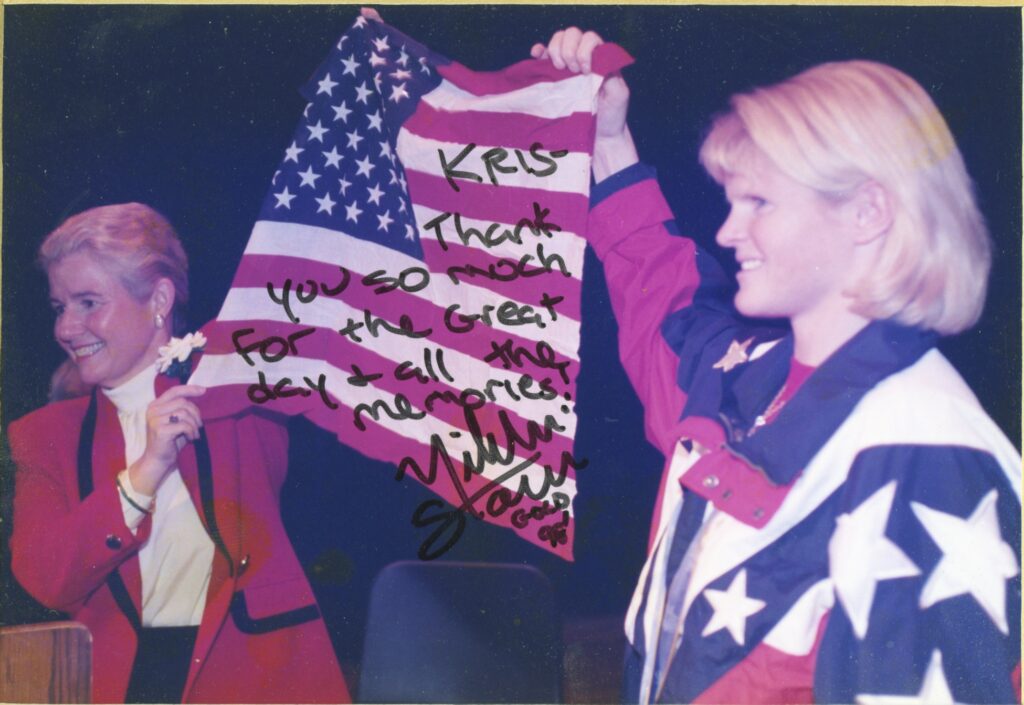
Famous Women in Westborough History
Westborough women have been ingenious, powerful pioneers since the town began. Learn about their trials and triumphs in the Historical Society’s program, “Famous Women of Westborough across the Centuries,” on Monday, January 9, 2023 at 7 p.m.
This program will feature entrepreneur Betsy Fay (1700s), beloved teacher Annie Fales (1800s), prize-winning author Esther Forbes and horticulturist Bee Warburton (1900s), and Gold Medal Olympian Nikki Stone (2000s). Presented by historian Kristina Nilson Allen, this free event will be held in the Meeting Room of the Westborough Public Library.
* * *
Learn about Westborough’s New Monument
Westborough has a brand-new monument in Minuteman Park along the Westborough Reservoir on Upton Road. Thanks to the tireless efforts of David Nourse, the monument replaces the old one and greatly expands the list of participants from Westborough who responded to the call to alarm at Lexington on April 19, 1775, the event that popularly marks the beginning of the American Revolution.
The reports and documents that were created and used to reassess the old monument are now available online: https://www.westborougharchive.org/minuteman-park-monument-2022/. Together, they provide a deep look at this important moment in Westborough history, so check it out.
* * *
Did you enjoy reading this Westborough Center Pastimes newsletter? Then subscribe by e-mail and have the newsletter and other notices from the Westborough Center for History and Culture at the Westborough Public Library delivered directly to your e-mail inbox.
You can also read the current and past issues on the Web by clicking here.
